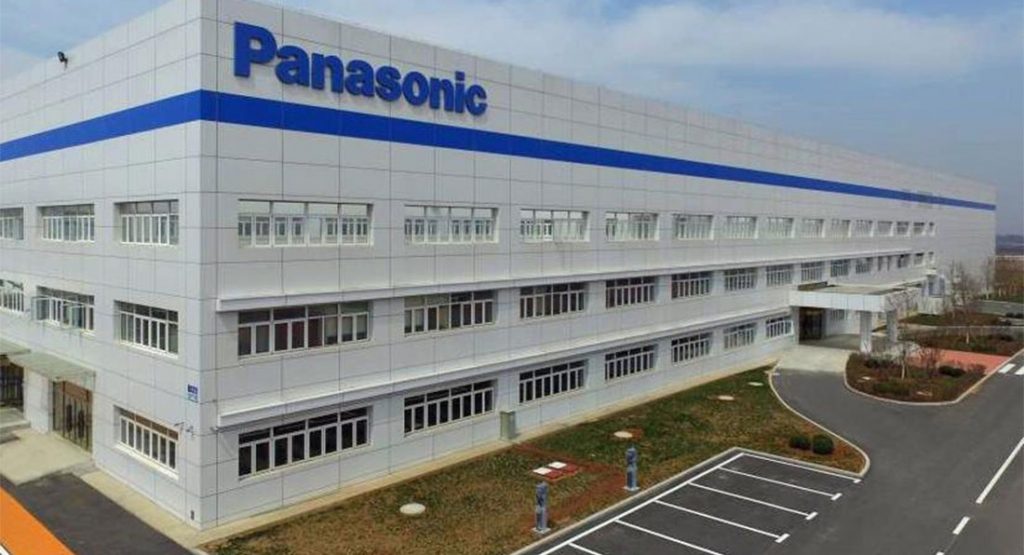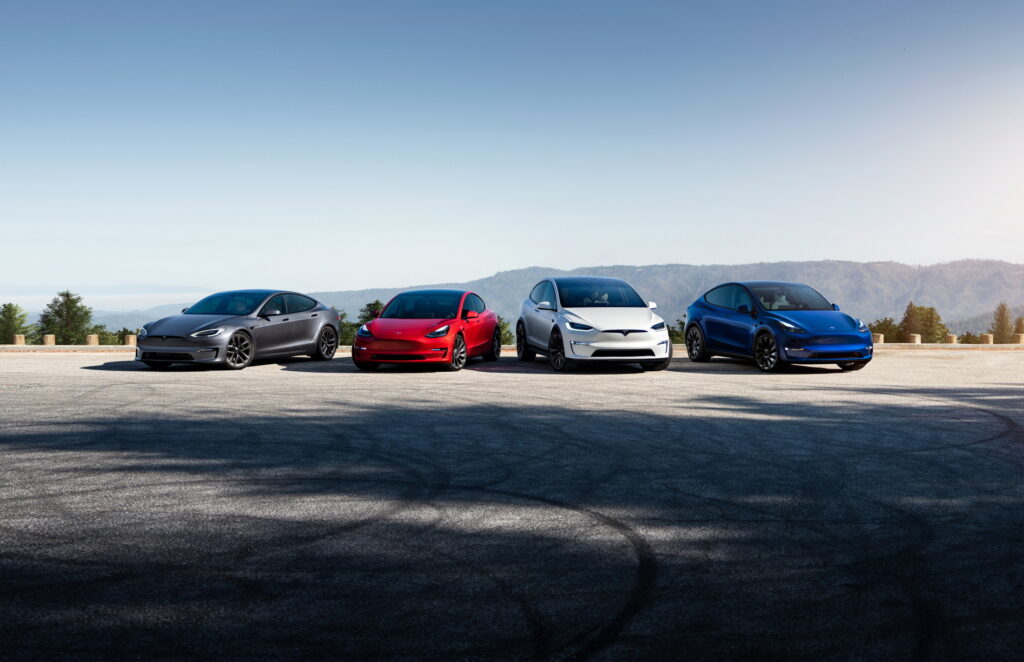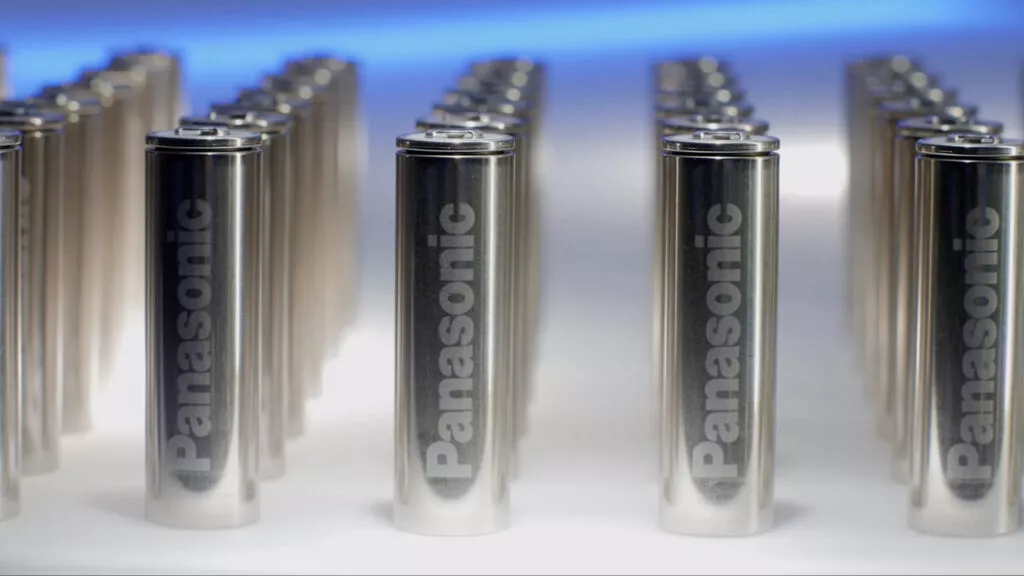Panasonic is looking to build four more electric vehicle battery factories around the world in order to meet ambitious plans by 2031.
Earlier this year, Panasonic said that it aimed to expand its global battery production and procurement capacity to 200 gigawatt-hours through the fiscal year ending March 2031. This represents a significant increase from the 50 GWh it produced in the last fiscal year ending March 31. Not only does Panasonic intend to dramatically expand capacity but the energy density of its lithium-ion batteries is expected to increase to 1,000 watts per liter in 2030, up from the current 800 watts per liter.
While recently speaking with Reuters about the company’s future plans, chief technology officer Shoichiro Watanabe said “we will need to build around another four factories.” He did not say where or when these new sites could be established.

If Panasonic is to establish four new battery plants, then it will also need to be supported by as many as a dozen material supplier factories. Watanabe said the company is open to potential joint ventures for EV battery production and noted that joint procurement with major customers may also be considered.
Read: Panasonic’s Next $4 Billion U.S. Battery Plant To Help Firm Significantly Boost Capacity
One of the first joint battery ventures that Panasonic may ink is with Mazda as it is currently working out the details of a supply partnership with the Japanese manufacturer. Watanabe’s comments come shortly after it was confirmed that Panasonic and Mazda would hold talks about establishing a partnership to supply the carmaker with cylindrical lithium-ion batteries to be made in Japan and North America.
One of Panasonic’s new battery factories may be located in Oklahoma. This site could be similar in size to the one it already operates in Kansas, meaning it may have a capacity of around 30 GWh. It could invest as much as $4 billion into this site.




